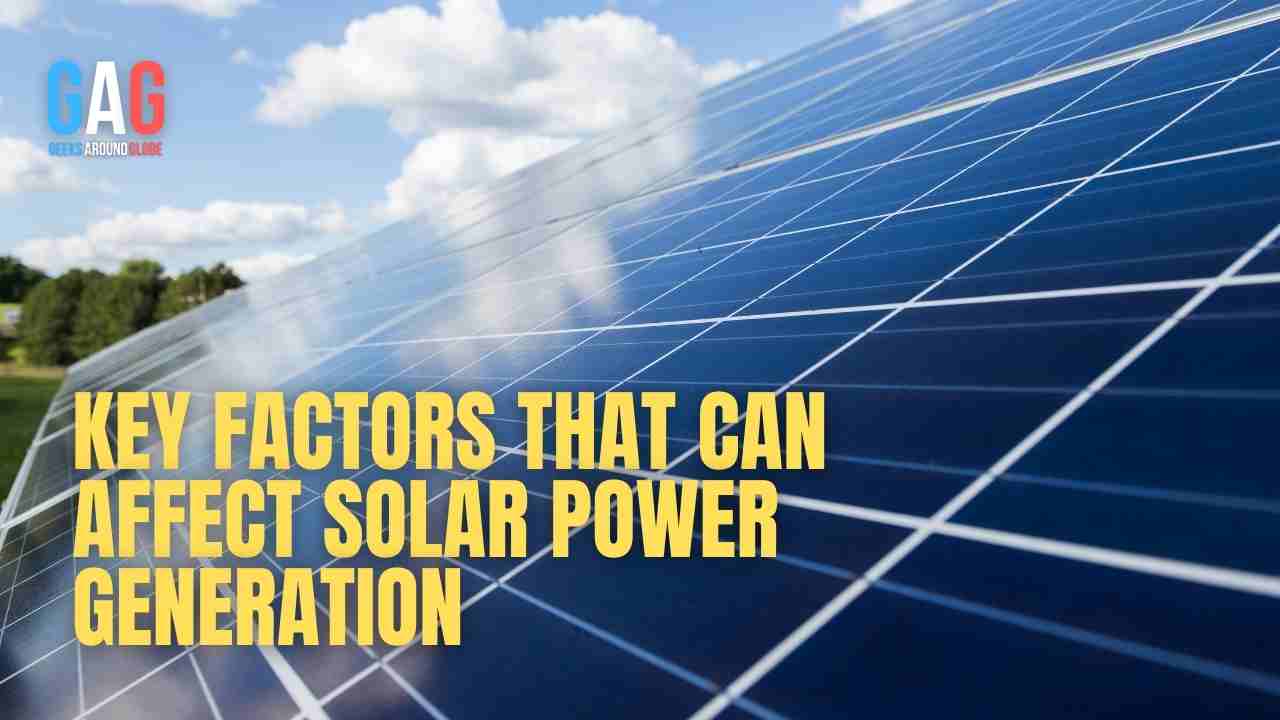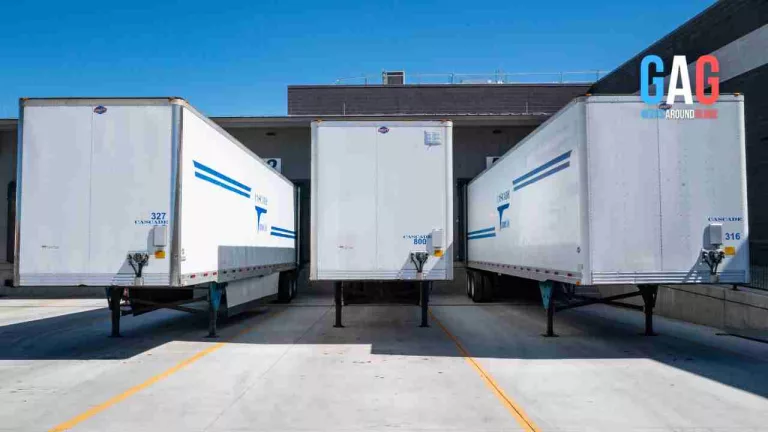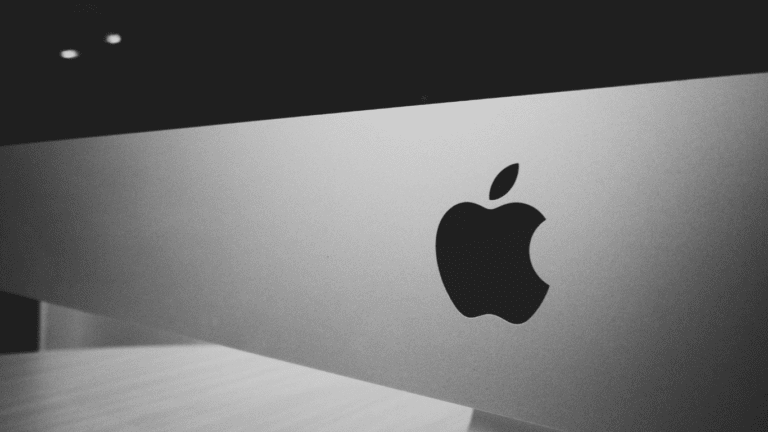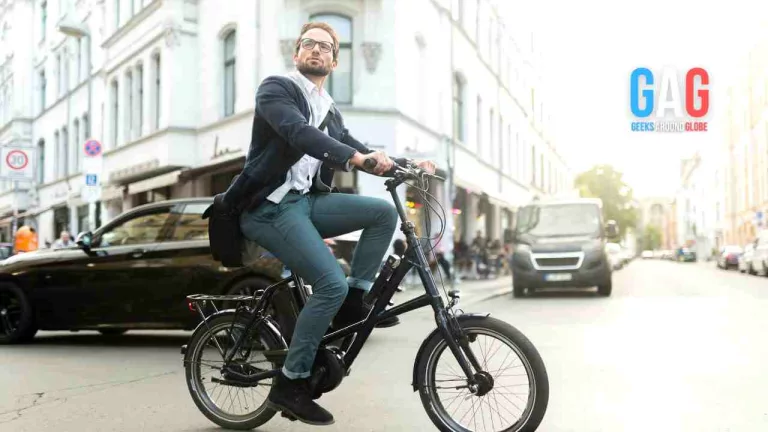The efficiency and performance of solar panels has significantly improved over the past few years. The cost of solar panels has also decreased over the last couple of years, making them quite a lucrative investment. Once you decide to purchase a solar power system, most companies can promise you several things about efficiency, long-term benefits, and savings you can make with different solar technologies.
But few people know about the factors that can affect the output of their solar power systems. Understanding these factors can help you to make the right decisions when it comes to installing your solar panels. This article discusses the key factors that can affect solar power generation.
Weather change
Many people think that high temperatures can lead to higher solar efficiency, but this is not true. This is because heat exposure can sometimes prematurely degrade a solar cell and high temperatures can lead to a reduction in voltage and a decrease in overall power.
You should note that solar cells tend to perform better when it’s cold rather than when it’s hot. For example, if the solar panels are exposed to temperatures of at least 25˚C, a single temperature rises above this temperature, the output of your solar panel decreases by at least between 0.4 and 0.5 percent for crystalline cells and 0.25 percent for amorphous cells. And, on hot summer days, the solar panel temperature can reach 70˚C or even more where the solar panels can generate 25 percent less energy than when they are exposed to 25˚C temperature.
Shading
When the shadow gets on even a small area of your solar panel, the current going through the whole string is reduced. Remember that the cells in a panel are usually connected to a series of wires, and the shaded cells can affect the flow of the current in the entire solar power system. The truth is that shadow can fall on your solar panels, so you should consider partial shading when you decide to install the solar power system.
If the affected solar panel is connected in series with other solar panels, the output of these solar panels can be affected by this partial shading experienced by one panel. In such a case, you should not wire panels in series. If you want to install solar panels, you can visit https://4solarestimates.com/ to get a quote.
Roof orientation
The solar panel’s positioning can also affect the output of your solar panels. The solar panels need to face a south direction for people who live in the Northern Hemisphere. This is because the sun is usually along the sky’s southern part. Therefore, it is often a good idea for your solar panels to face south so that they can capture a lot of sunlight.
The south-facing solar panels need to be tilted between a thirty and forty-degree angle. You should remember that this angle specificity can make sure that sunlight hits the solar panels at perpendicular angles, producing the maximum power. Edges along these lines can also assist snow to slide off your solar panels quickly during winter seasons.







